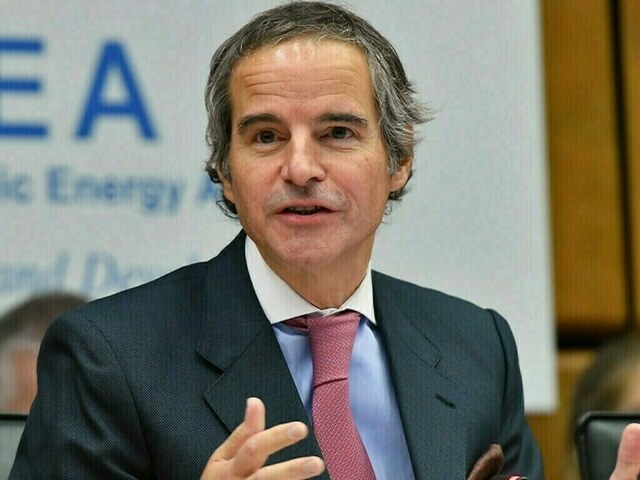
VIENNA: c watchdog chief Rafael Grossi flew to Iran on Monday hoping to bolster his agency’s oversight of Tehran’s atomic activities after various setbacks, but analysts and diplomats say he has limited leverage and must be wary of empty promises.
Then-US President Donald Trump’s decision in 2018 to ditch a landmark deal between Iran and major powers that exchanged nuclear restrictions for sanctions relief caused that accord to unravel. Iran has since accelerated its uranium enrichment and reduced cooperation with the International Atomic Energy Agency.
“The level of inspection (in Iran) is not at the level we should have,” Grossi told Sky News last month.
“Given the depth and breadth of the programme, we should be having additional monitoring capabilities,” said Grossi, who is due to meet officials including chief nuclear negotiator Ali Bagheri Kani and Foreign Minister Hossein Amirabdollahian.
Iran is enriching uranium to up to 60% purity, close to the around 90% of weapons grade. If that material were enriched further, it would suffice for two nuclear weapons, according to an official IAEA yardstick.
Iran has also limited the IAEA’s ability to do its job properly. It faces an array of problems, from Tehran’s continued failure to explain uranium traces found at undeclared sites to its barring of almost all the IAEA’s top enrichment experts.
When he returned from his last Iran trip in March 2023, Grossi believed he had secured sweeping concessions from Tehran outlined in a vaguely-worded “Joint Statement”. Little came of it, IAEA reports to member states show.
Grossi had hoped that statement would lead to re-installation of surveillance cameras and other monitoring equipment removed at Iran’s behest in 2022. Instead, only a fraction of the cameras the IAEA wanted were re-installed.